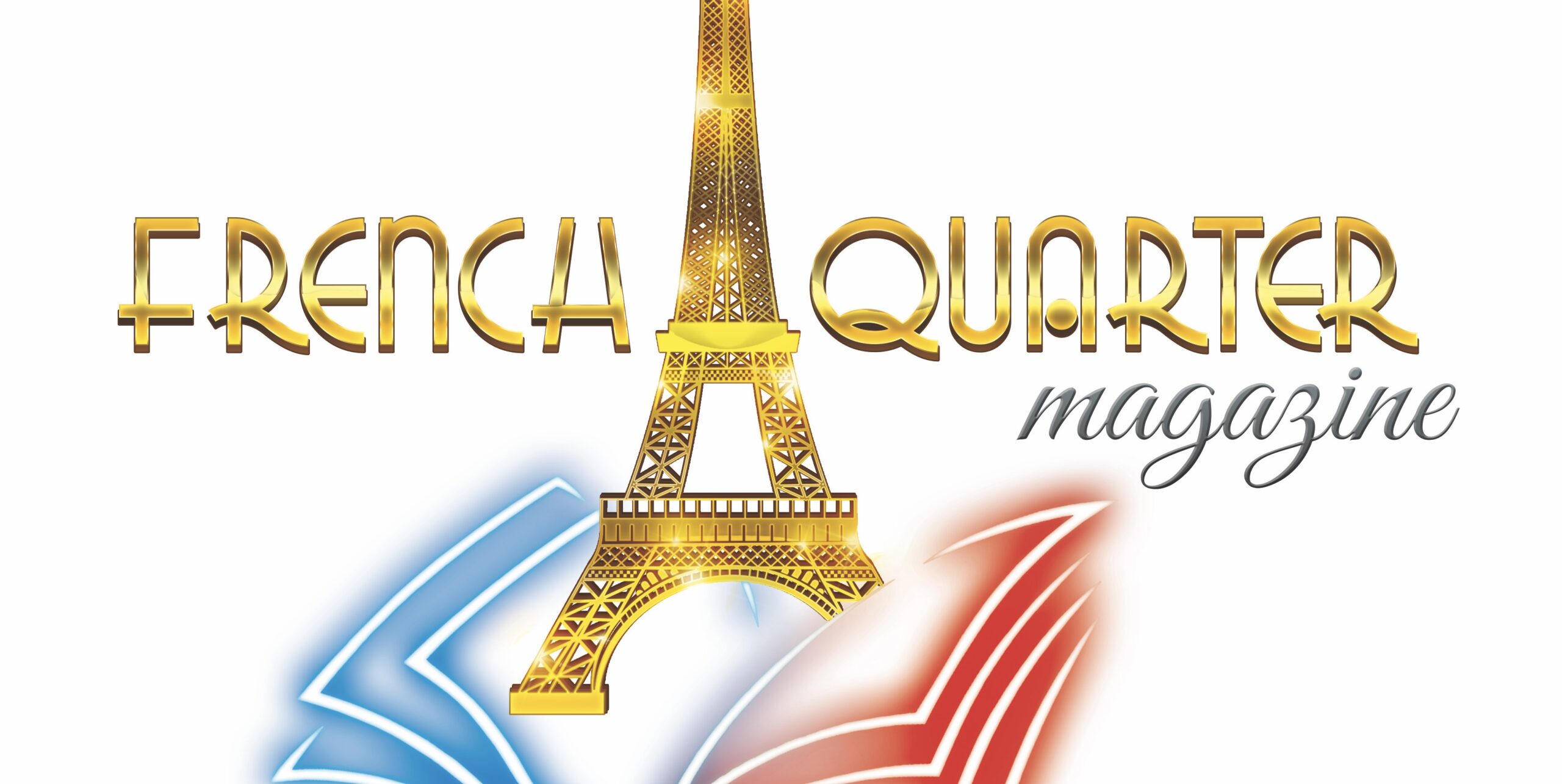Cultural Differences of Workplace Practices in France and the United States and elsewhere
Understanding and appreciating cultural differences in work practices is crucial in today’s globalized business environment. As companies expand their operations internationally, they encounter cultural differences of workplace practices that shape the way people communicate, collaborate, and conduct business. This guide explores some of the most common cultural disparities between French and American work cultures and provides insightful comparisons.

Photo Credit: https://www.pexels.com/photo/photo-of-people-doing-handshakes-3183197/
French Work Culture
French work culture embodies a unique set of values and practices that emphasize collaboration, work-life balance, and respect for hierarchy. Building relationships and establishing trust are essential prerequisites for effective teamwork in France. The French value long-lasting connections and often engage in small talk before delving into business matters. Personal relationships are fostered through regular social interactions, such as shared meals or after-work gatherings. This is something many of those who moved to France can confirm.
Hierarchy plays a prominent role in French organizations. Decision-making is often centralized, with authority concentrated in the hands of top-level executives. Managers are expected to provide clear directions to their subordinates, who, in turn, show deference and loyalty to their superiors. Furthermore, the French prioritize work-life balance, strictly adhering to a 35-hour workweek. Employees value leisure time, and the French government ensures ample annual leave and generous social benefits. Taking time off for personal pursuits, such as family engagements or hobbies, is encouraged and supported.
In addition, French people put a lot of emphasis on how they dress for work. They express professionalism in the workplace with proper fabric, silhouette, and details.
USA Work Culture
In contrast to the French work culture, American work practices reflect a more individualistic and dynamic approach. The United States values efficiency, innovation, and a results-driven mindset. American companies prioritize achieving goals and meeting deadlines, with a focus on productivity and individual performance.
Communication in the American workplace tends to be more direct and informal, emphasizing brevity and clarity. Small talk is typically kept to a minimum, and meetings are often structured and goal-oriented. Time is considered a valuable resource, and punctuality is highly regarded. Employees are expected to be proactive, take initiative, and contribute actively to team objectives.

Photo Credit: https://www.pexels.com/photo/man-wearing-brown-suit-jacket-3184339/
The cultural differences of workplace practices in terms of hierarchy suggest that the American work culture promotes a relatively flatter organizational structure, encouraging collaboration and open communication across different levels. Employees are encouraged to share ideas, challenge existing practices, and actively participate in decision-making processes. This fosters a sense of empowerment and ownership among team members, allowing for greater innovation and creativity. Moreover, the American work culture places less emphasis on work-life balance compared to the French model. Longer working hours and fewer vacation days are common in the United States, driven by the pursuit of individual success and career advancement. While flexibility is appreciated in some organizations, the work-life balance equation is often tilted more toward work.
Other International Work Culture Examples
Beyond the French and American work cultures, many other international practices diverge from these models. For instance, in Japan, there is a strong emphasis on loyalty, respect, and consensus-building. Japanese companies prioritize harmony and long-term relationships, often leading to slower decision-making. Similarly, Scandinavian countries like Sweden value equality, inclusivity, and a healthy work-life balance, promoting flexible work arrangements and gender equality.
In some East Asian cultures, like South Korea and China, there is a greater emphasis on hierarchical structures, where respect for authority and seniority are deeply embedded. Face-saving and maintaining harmony play critical roles in these societies, influencing communication and decision-making processes.
Learning About Cultural Differences of Workplace Practices Is Quite Beneficial
Embracing and understanding cultural differences in workplace practices brings numerous benefits:
- Cultural differences provide a rich pool of perspectives and ideas. When people from different backgrounds come together, they bring unique insights and experiences that can lead to innovative solutions. Varying work cultures offer diverse problem-solving approaches and alternative viewpoints, challenging conventional thinking and promoting creativity.
- By embracing different communication styles and decision-making processes, you can foster an environment of inclusivity and mutual respect. This enables individuals to effectively collaborate across cultural boundaries, leading to stronger teams and improved synergy.
- When organizations incorporate diverse perspectives, they gain valuable insights into international business practices and consumer behavior. This knowledge can help tailor products and services to specific cultural contexts, facilitating successful market entry and expansion.

Photo Credit: https://www.pexels.com/photo/close-up-of-human-hand-327540/
Final Words
Recognizing and appreciating cultural differences of workplace practices is key to fostering effective collaboration and achieving business success in the global marketplace. As you become more attuned to different work cultures, you develop the ability to navigate and excel in various settings. This adaptability not only enhances your professional growth but also increases your value in a global job market where cross-cultural competencies are highly sought after. That said, the more you are familiar with various work cultures across the world, the higher your chances for success are.
Header Photo Credit: https://www.pexels.com/photo/macbook-pro-on-brown-wooden-table-2312369/





















Fantastic read! This article does an excellent job of breaking down what smart homes are and how they’re transforming modern…